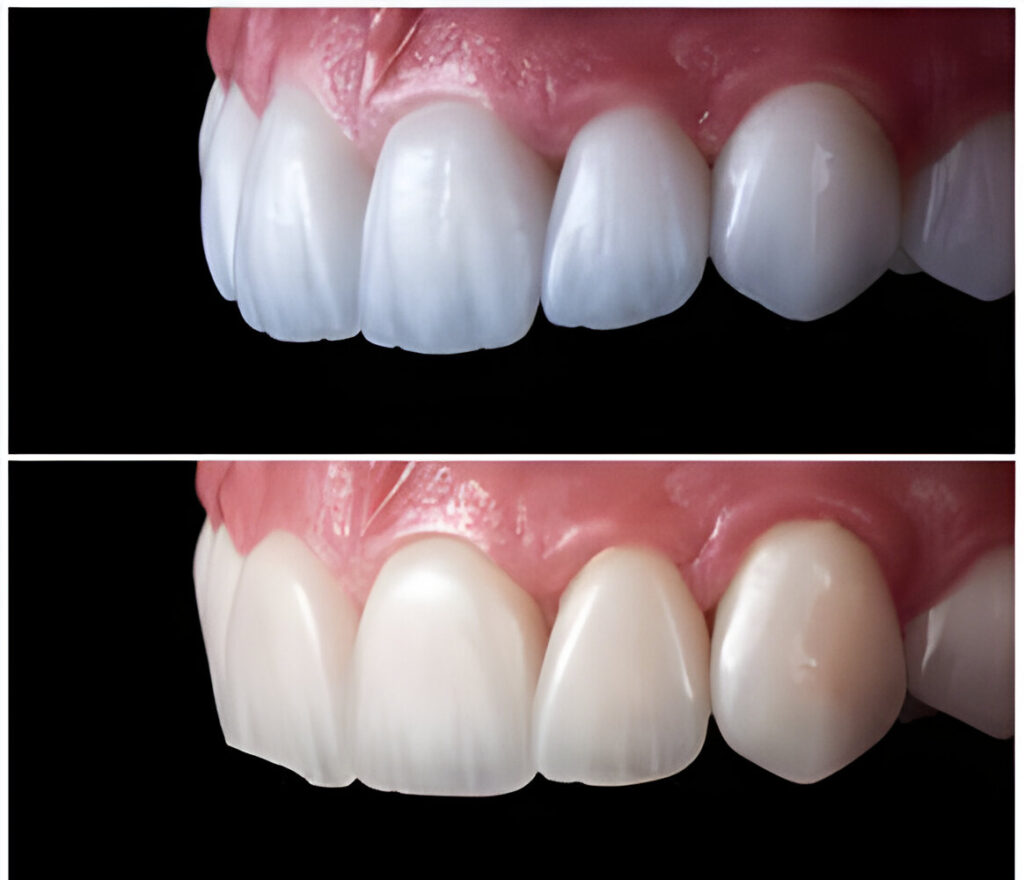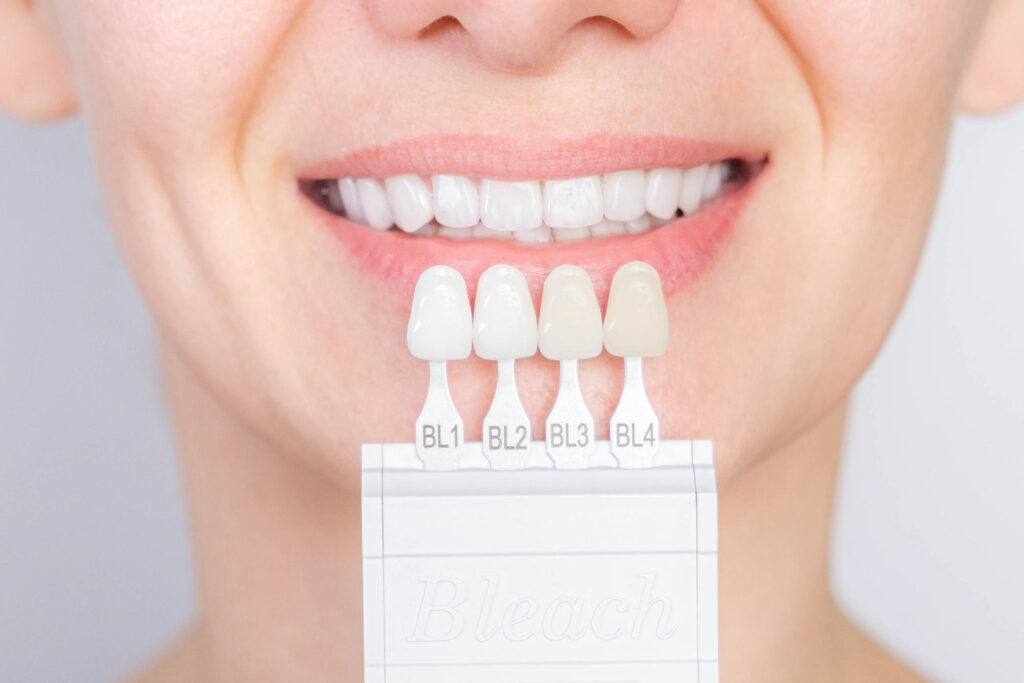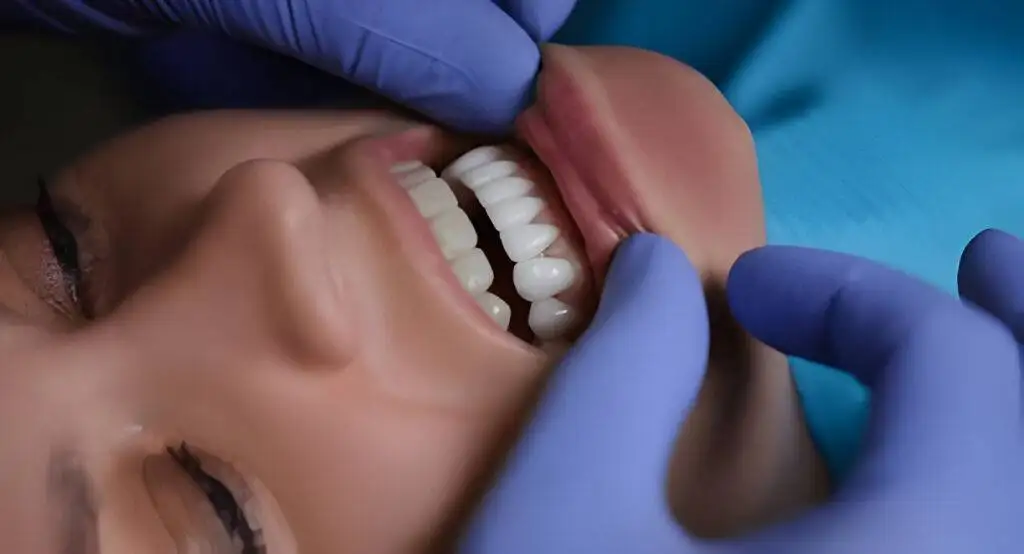
Introduction to Emax vs. Zirconia Veneers:
When it comes to enhancing your smile, dental veneers offer an excellent solution. Whether you’re looking to correct minor imperfections or transform your entire smile, understanding the differences between (Emax vs. Zirconia) Emax veneers and Zirconia veneers is crucial. In this comprehensive blog post, we’ll delve deeper into the intricacies of these two popular options, considering aesthetics, durability, tooth reduction, and more. Let’s explore which veneer type might be the best fit for you.
And you can check this article if you need to know What’s The Difference Between Porcelain Veneers And Zirconia
Understanding Veneers
Veneers are thin shells of porcelain or ceramic material bonded to the front surface of your teeth. They can address a variety of cosmetic concerns, including:
- Discoloration and stains
- Chips and cracks
- Gaps between teeth
- Uneven tooth shape or size
Emax vs. Zirconia: A Breakdown of Key Differences
1. Material Composition between Emax vs. Zirconia
Emax Veneers
- Material: Emax veneers are crafted from lithium disilicate glass-ceramic, a high-quality material known for its exceptional aesthetics.
- Appearance: Emax veneers provide an unparalleled natural appearance due to their translucency and reflective properties. When light hits them, they mimic the way natural enamel reflects light.
- Tooth Reduction: Minimal tooth reduction (approximately 0.3 – 0.5mm) is required, preserving more of your natural tooth structure.
- Strength: Despite their thinness, Emax veneers are surprisingly strong and durable.
- Lifespan: On average, Emax veneers can last 15 to 20 years, making them a long-term investment in your smile.
Zirconia Veneers
- Material: Zirconia veneers are made from yttrium-stabilized zirconium dioxide, the same ceramic used in medical joint replacements and all-ceramic dental implants.
- Appearance: Zirconia veneers blend well with natural teeth but are less translucent than Emax. Their appearance is slightly more opaque.
- Tooth Reduction: Zirconia veneers require slightly more aggressive tooth reduction (approximately 0.8 – 1.5mm) for material stability.
- Strength: Zirconia veneers are exceptionally strong and highly resistant to wear.
- Lifespan: Typically, zirconia veneers have a lifespan greater than 20 years, making them a durable choice.
2. Aesthetics between Emax vs. Zirconia
- Emax: If aesthetics are your top priority, Emax veneers shine. Their natural appearance makes them virtually indistinguishable from real teeth. Whether you’re smiling, laughing, or talking, Emax veneers blend seamlessly, Made from lithium disilicate, a type of glass-ceramic. Emax is prized for its exceptional aesthetics. It mimics the natural translucency of teeth, allowing light to pass through and reflecting a lifelike quality. This makes Emax veneers ideal for achieving a very natural-looking smile, especially for front teeth.
- Zirconia: While zirconia veneers blend well, they lack the translucency of Emax. However, they still look great and are suitable for most patients. If you prefer a slightly more opaque appearance, zirconia may be the way to go, Crafted from zirconium dioxide, a metal known for its strength. Zirconia is less translucent than Emax, and while it can still achieve a natural look, it may appear slightly more opaque. However, this opacity can be beneficial for covering heavily discolored teeth.
3. Durability and Strength
- Emax: Although thinner, Emax veneers are surprisingly durable. They can withstand normal biting forces and daily wear.
- Zirconia: Zirconia veneers are extremely strong and less prone to chipping or cracking. If you’re concerned about longevity, zirconia is an excellent choice.
4. Tooth Reduction and Preservation
- Emax: Requires minimal tooth reduction, preserving more natural tooth structure. This conservative approach is appealing to many patients.
- Zirconia: Needs slightly more aggressive reduction for material stability. Your dentist will carefully balance reduction with the need for strength.
5. Tooth Preparation:
- Emax: Emax veneers typically require minimal removal of tooth enamel, making them a more conservative treatment. This is because Emax itself is quite thin and can achieve a natural look without needing a thick layer of material.
- Zirconia: Due to its slightly thicker nature, zirconia veneers may require slightly more tooth enamel removal compared to Emax.
6. Best Candidates
- Emax: Ideal for patients seeking superior aesthetics and those with bruxism (teeth grinding). If you want a smile that dazzles, Emax is a top contender.
- Zirconia: Suitable for complex restorations and patients with very sensitive teeth. If you prioritize strength and longevity, zirconia is a reliable choice.
Choosing between emax vs. zirconia veneers
Choose Emax if:
- Achieving a highly natural, translucent appearance is your top priority.
- You are getting veneers for your front teeth.
- You have minimal tooth damage and require minimal tooth structure removal.
Choose Zirconia if:
- Strength and durability are your main concerns.
- You need veneers for your molars or premolars.
- You have heavily discolored teeth that need more opaque coverage.
- You are on a budget.
Conclusion
Both Emax and Zirconia veneers have their merits. Consult with your dentist to determine the best option based on your unique needs, budget, and desired outcome, and if you don’t have special dentist you can check Hollywood Smile dental clinic for more details. Remember, a beautiful smile awaits you, regardless of your choice.


